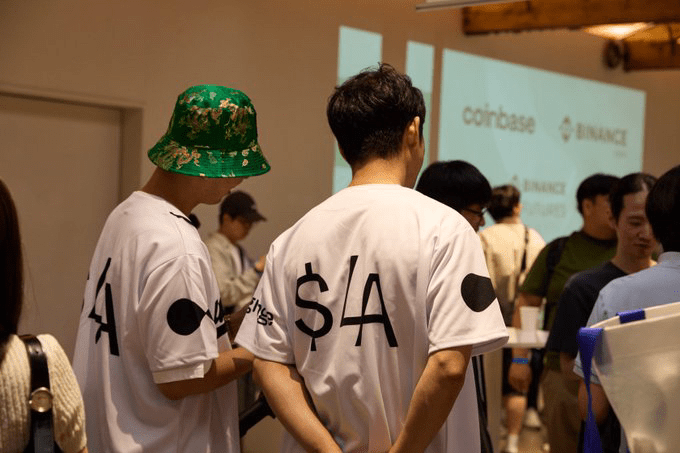Many people focus only on the flashy technology on the model side, ignoring the reality of runtime: who will compute, how will they compute, and how will the settlement occur. Lagrange's idea is to elevate 'generating proofs' from a single-point tool to a network capability. It builds the Prover Network on top of EigenLayer, mobilizing over 85 operators to form a resilient computing power pool: each operator runs lightweight workers, listens for tasks, performs parallel offline verification, and then sends the ZKP back to the chain. The benefits of this approach are threefold: capacity can scale linearly, fault tolerance can have multiple redundancies, and metrics can be reconciled on-chain.
The network is not just technology, but also economics. The LA token is clearly defined in the white paper and foundation blog as the triple glue of the network: staking/delegation, fee settlement, and governance. Developers submit tasks for payment based on quantity, operators receive subsidies by providing proofs, and token holders can delegate to specific provers, directing emissions towards tracks with supply shortages (such as AI reasoning or rollup batch proofs), using economic leverage to match 'where computing power is tight' with 'where emissions are higher.' This design creates a closed loop of 'demand - computing power - token,' rather than just a one-way cash flow.
This network model also explains why Lagrange intensively published 'network status' content after the second quarter: metrics such as operator scale, task completion rate, latency distribution, and failure retry rate gradually transformed from promotional terms into SLOs. For project parties, you no longer need to worry about the standalone state of a prover, but rather look at the overall tail latency (P95/P99) and capacity availability of the network. When proofs start to be called 'like water and electricity,' zkML has the potential to become infrastructure.
DeepProve resolves 'can it be proven,' Prover Network ensures 'stable delivery,' and LA clarifies 'who pays and who benefits'; these three elements form the embryonic shape of Lagrange's moat.

